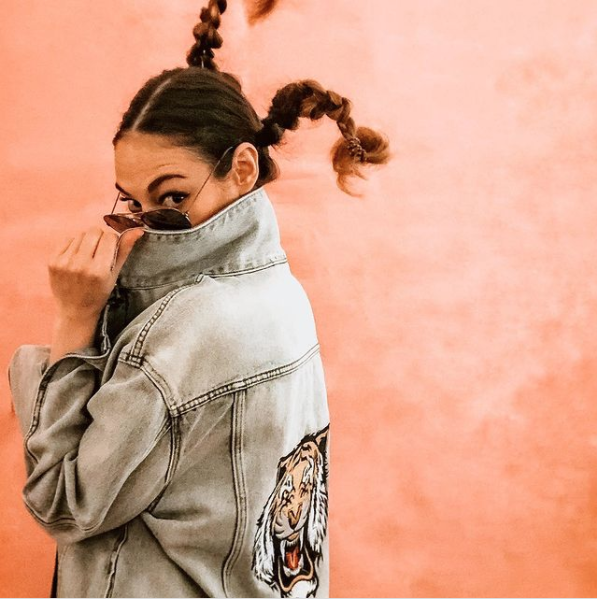Close your eyes and imagine a normal person. Really imagine.
As I try to do the same thing, I can honestly say that there isn’t a single human being on my mind. In fact the only thing I can envision is a drawing of a common stick figure. A basic human frame with no body or persona whatsoever.
The reasoning behind this exercise is to demonstrate a simple truth: that there is no normal. As the bearer of bad news, I’m here to tell you that YOU ARE NOT NORMAL. The brutal evidence of that can be found on the pads of your fingertips.
So where did this obsession with normal even come from?
When we think of the people that have moved mountains throughout history or the people we admire, quite frankly, they are the most abnormal people on the planet.
They’re the ones that connected with their authentic nature, which is an act that is both brutally honest and vulnerable. As Mike Robbins says, “Authenticity is what gives us freedom to be ourselves and be comfortable with who we are.“
So who is the authentic person reading this right now? Do you even know who that is? I can tell you from personal experience that I’m still discovering my authenticity each day. It’s part of the thrilling journey of life with all of its ups and downs and side-to-side shimmies.

Finding Your Authentic Self
The moment in my life when I was my most authentic self was the moment I was born.
I didn’t know much, but I definitely knew that I was cold and I made sure everyone around me knew it. I screamed until I was swaddled in cozy blankets, and until something else happened — my father picked me up and mentioned the word “Bloomingdales.”
Once again I expressed my authentic self by staring with mesmerized curiosity. (It’s apparent that my obsession with shoes developed in infancy.)
Infants are beautiful examples of authenticity. With no concept of language or humanity, they find ways to express themselves. When a child wants a diaper change, when they want food, when they’re tired, when they like something or don’t like something, they let you know. This authenticity is a gift and it stays with them until one day the drips of social conditioning set in and that authenticity molds to fit their surroundings.
At what point in a child’s life is the sacrifice of authenticity made, and why do we encourage that conditioning?
According to Dr. Gabor Maté, a child has two needs the moment they are born. They have a need for attachment, specifically the attachment of love and connection, which are things they cannot survive without during those early days of neurological development. The second need is authenticity. He goes on to point out that as we grow older we start to sacrifice one need for the other, and it’s usually our authenticity that is suppressed in order to develop space for socially acceptable attachments.
The protective shrouding of our authenticity leads to the disconnection of our very core —the fingerprint of our soul that makes us special.
My own experience growing up was not unique in the sense that I felt out of place because it was extremely uncomfortable trying to “fit in.” There was no social group I could perfectly sandwich myself into because there was nothing to identify with fully. In fact, the only place I felt comfortable was within my own skin when I wasn’t comparing myself to the illusive maxim of normal.
What if we were to dare to be our authentic selves for a whole 24 hours? What would that look like? What would that feel like?
I have to amend my initial statement that “there is no normal,” because there is one normal — one universal standard — and that is the fact that we are all human. We share the same space and want the same thing. Our essential human nature is to connect to that childlike joy and rest in the authenticity of happiness.
Perhaps the key to get there is lifting the veil and braving that relationship with our authentic self.
